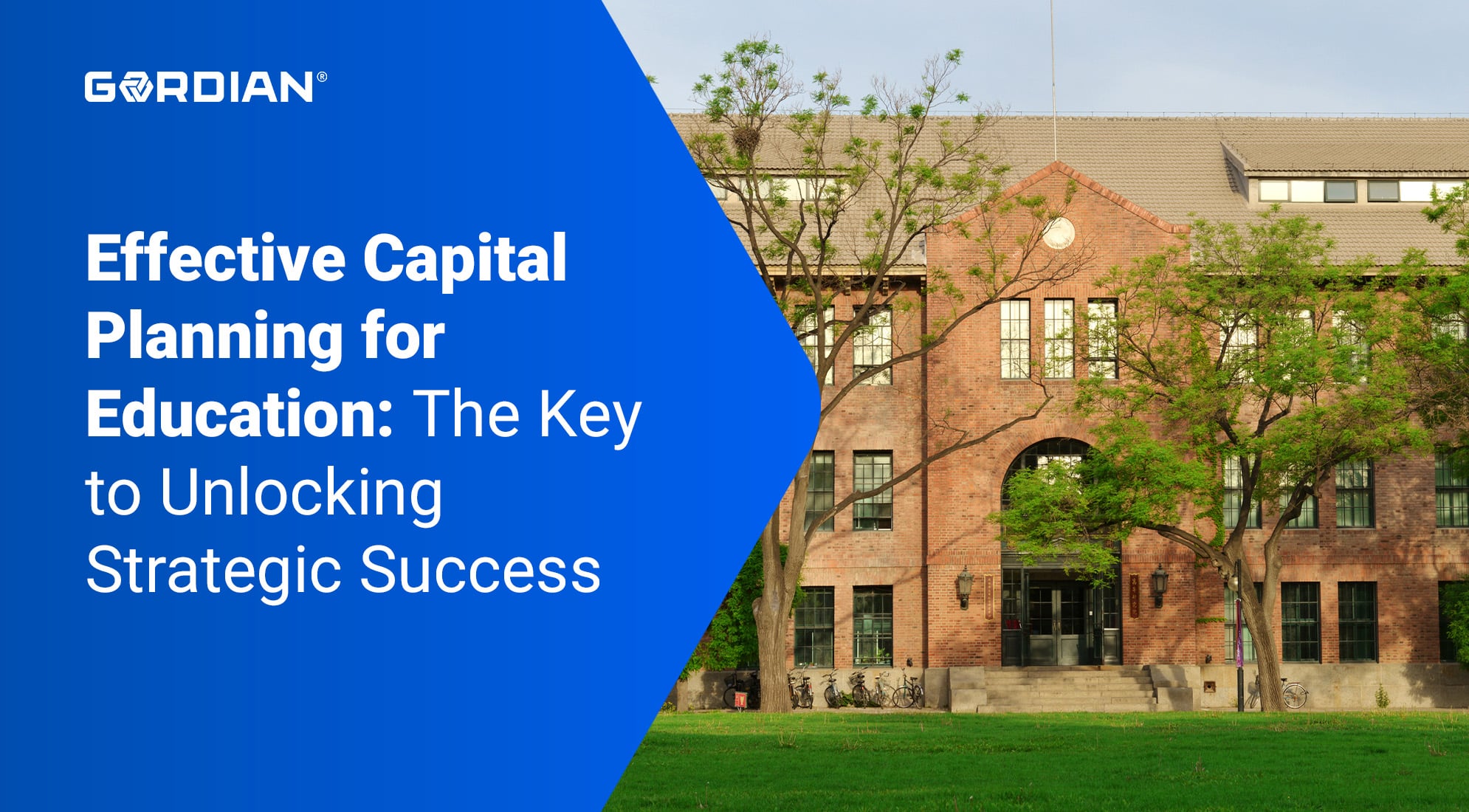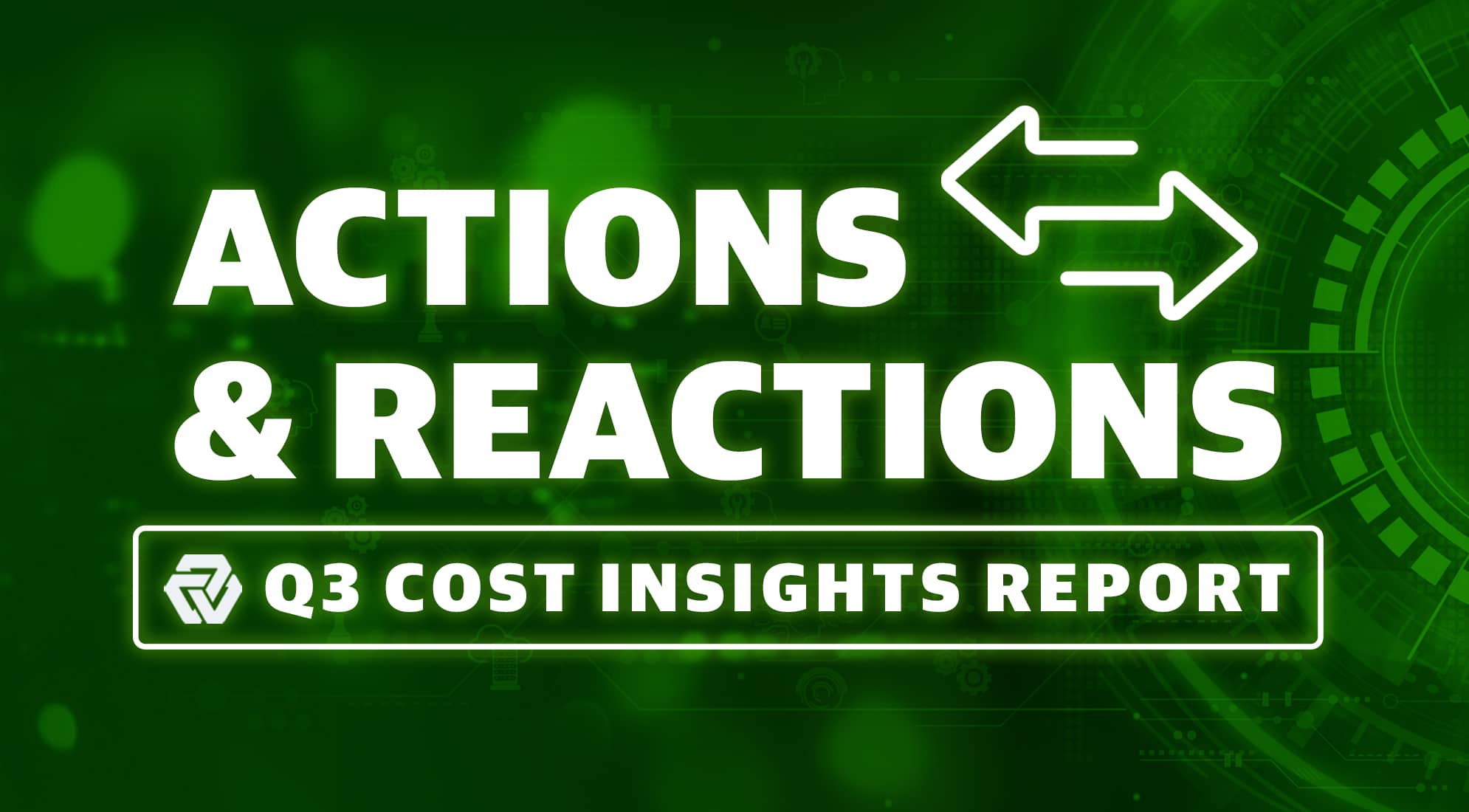Most higher education facilities managers have one goal above all else: Showing leadership they are doing everything possible to positively impact student success with the resources they have on hand. In pursuit of this goal, many managers have put KPIs around their budget systems, capital projects, work order management, energy management and more. These KPIs tend to be reactive (or lagging indicators) and measure financial success alone. Those are limited parameters. Facilities managers can and should set up data-backed measures to prove the return on facilities investments.
Let’s focus on highly-visible classroom improvement projects as an illustration of why it’s important to broaden KPIs beyond the financial realm. Many managers use KPIs that measure success if the project is delivered on-time and within budget. These metrics are certainly important, but they miss out on a few other key measures of success that are often discussed during planning, but not measured afterward:
- How many students will be impacted?
- Was this the right location?
- What this the most appropriate improvement?
- How does the project impact student success?
Additionally, KPI gurus will say that reactive measurement is not enough. Continuing with the example of measuring success from classroom improvement projects, KPIs need to be set up in a way that measures reactive success as well as predicts future investment opportunities (leading indicator). Let’s look at those key measures of success one-by-one and discuss how the right dataset and analysis can help:
1. How many students will be impacted?
A. Predictive Measure: A strong space utilization analysis will inform planners how many students use a classroom on a daily basis and, therefore, can easily show how many students benefit from a project in that space.
B. Reactive Measure: Data that tracks usage year-over-year will show whether a project improved the utilization of the space, either in the number of hours the classroom is used or in the percentage of occupied seats.
2. Is this the right location?
A. Predictive Measure: Looking holistically at institutional space utilization will show “hot spots,” clusters of popular classrooms. Typically, these rooms are centrally located or are close to residence halls, where students prefer to take courses. Knowing beforehand whether the classroom to be upgraded is in one of these “hot spots” will increase the chance of a successful project.
B. Reactive Measure: Some projects are meant to attract more students to a certain area of campus. Measuring classroom usage change on a project-by-project basis can inform leadership about their campus’ willingness to take courses outside of traditional “hot spots”.
3. Is this the most appropriate improvement?
A. Predictive Measure: No space utilization analysis is complete without consideration of user perspectives. Students and faculty may indicate that they want high-tech flexible spaces, but are those the types of rooms that they’ll use? A robust database will clearly show what features are most in-demand by looking at their use rates.
B. Reactive Measure: Often the intent of a project is to create a cutting-edge classroom that doesn’t otherwise exist at the institution. Once the classroom is created, measuring the utilization will objectively inform managers as to whether this type of room is popular with the campus population.
4. How does this impact student success?
A. Predictive Measure: A thorough analysis that digs into details such as course enrollment numbers and section popularity will help indicate whether certain courses are popular with students. Taking a close look at these trends will tell facility managers where student interests are moving and what courses and programs would benefit future students and not just current ones.
B. Reactive Measure: One of the goals of a project can be to improve enrollment in certain courses or spur programs forward. Measuring the exact enrollment increases will help managers understand if certain types of projects are more or less effective than others.
All of these data-backed measures for tracking facilities investments and returns, all of these KPIs, hinge on creating, maintaining and analyzing a robust space utilization database. Creating a dataset that provides the granularity to go to course-level or room-level detail while maintaining a high-level view of the institution as a whole is imperative for facility managers. The right analysis will add in contextual elements such as room condition, layout, or technology. This context is essential to anticipate and measure success. Lastly, a complete analysis will supplement these data-based elements with user perspectives that will work to cut through subjective opinions or institutional politics.






